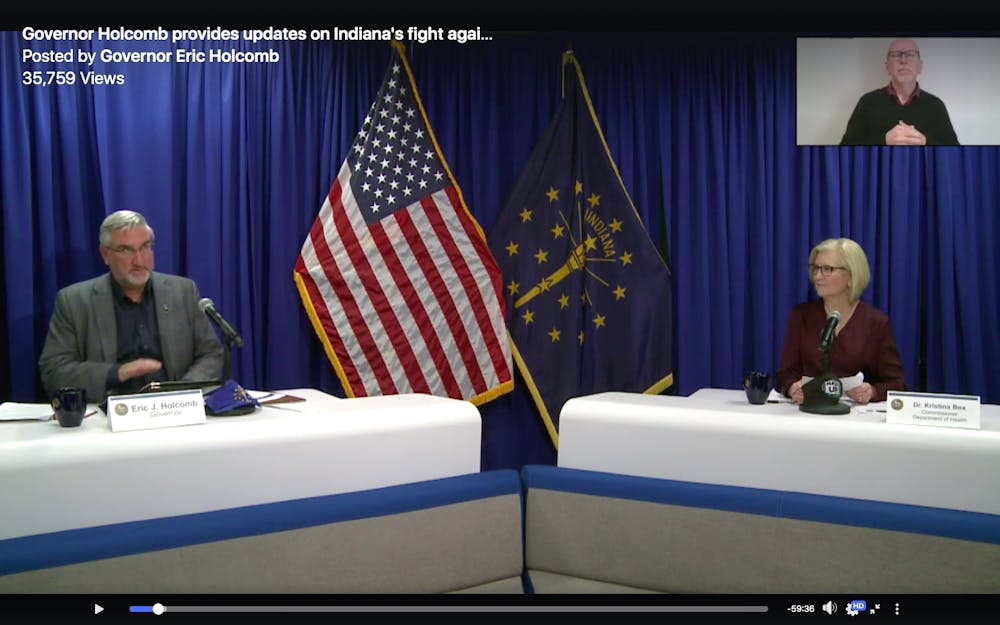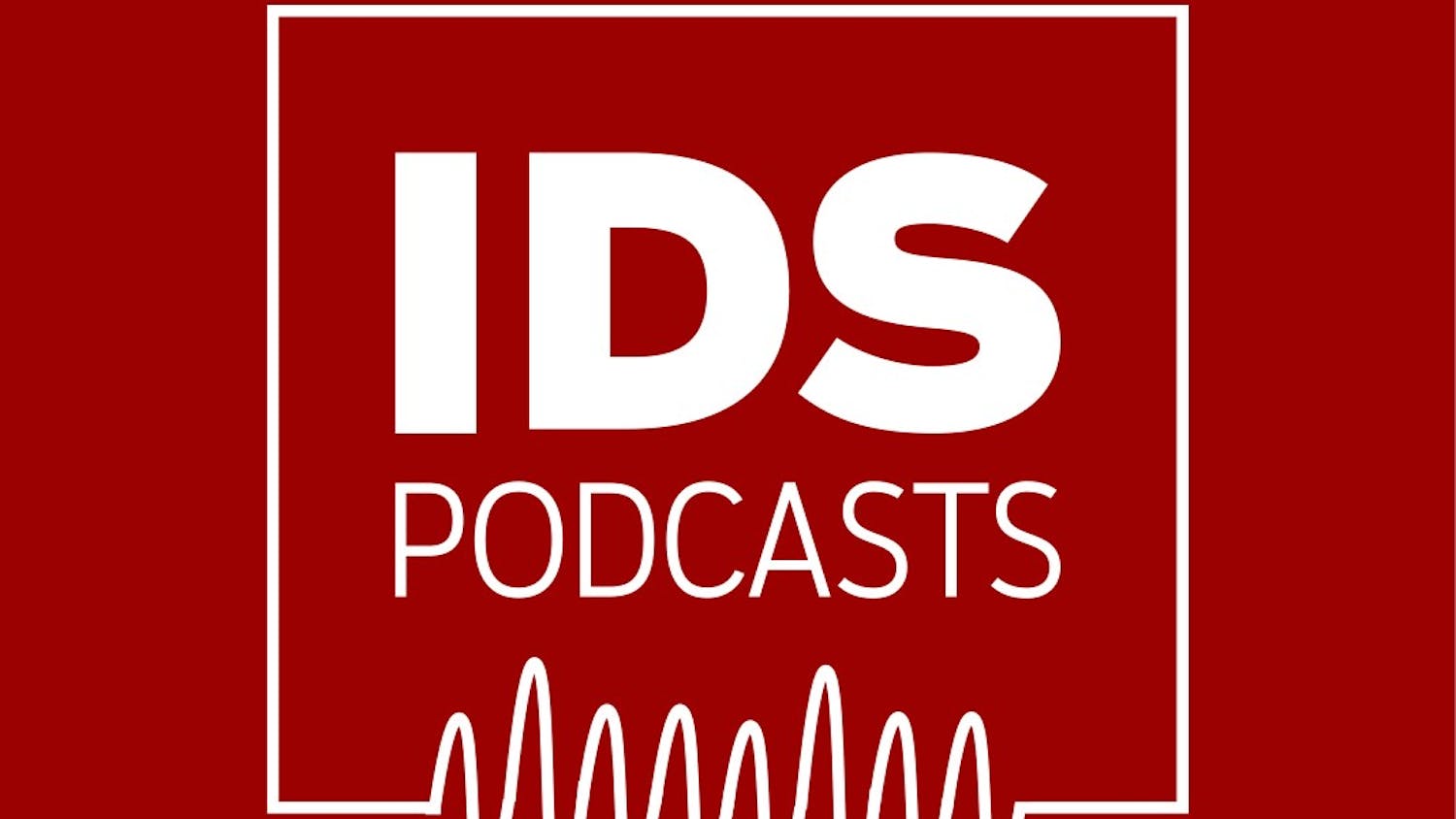Indiana is preparing to receive limited amounts of the Pfizer and Moderna COVID-19 vaccines as early as mid-December, Dr. Kristina Box, Indiana’s state health commissioner, said Wednesday. These two companies have applied for emergency use authorization from the Food and Drug Administration, Box said.
Box said the health department hopes to have enough vaccines to cover frontline health care workers and long-term care residents by the end of December, based on information provided by Indiana’s federal partners. The general public could receive the vaccine by about mid to late summer at the earliest, Gov. Eric Holcomb said.
“Things are moving quickly and that’s incredibly exciting,” she said. “I hope it gives every Hoosier hope that we will get to the other side of this pandemic.”
Indiana has developed a COVID-19 vaccination plan which outlines the order in which different groups of people will receive the vaccine. The plan is broken up into four phases: 1-A, 1-B, 2 and 3.
Phase 1-A includes all paid and unpaid persons working in health care settings, such as hospitals and long-term care facilities, who have the potential for direct or indirect exposure to patients or infectious material. Phase 1-B includes people who are high-risk for catching and dying from COVID-19. Phase 2 includes people who are at a higher risk for transmitting the disease because of working or living circumstances, including people living in correctional facilities or shelters. Phase 3 is general public vaccination.
The time the vaccine can get to these different groups depends on how much of the vaccine Indiana receives mid-December, said Dr. Lindsay Weaver, Indiana’s chief medical officer. She said the plan is subject to change because they receive more information every day.
Box said she recommends everyone get the vaccine when it is available. She said it’s a blessing that Indiana will be able to administer two vaccines in December when the pandemic started about 10 months ago.
“This is the way we get back to the new normal,” she said. “This is the way that we are able to resume our lives as Hoosiers.”
Although the Pfizer vaccine requires a certain level of care, including transporting it at minus-94 degrees, Holcomb said some hospitals have done trial runs on how to store the vaccine. Weaver said about 50 Phase 1-A hospitals have all of the current information on how to care for the vaccines and are ready to receive them.
“It is really important to us that we waste as minimal as possible,” Weaver said.
The group of people set to receive the vaccine does not include those under 18 years old yet because data is not yet available for people younger. Pfizer is currently conducting trials on kids 12 years old and up, Weaver said.
The vaccines have also not been tested on pregnant or breastfeeding women, Box said. She did not say pregnant or breastfeeding mothers should not take the vaccine but said it should be a personal decision.
Box said the Centers for Disease Control and Prevention changed its suggestions for how long close contacts of someone with COVID-19 should quarantine. While the organization still suggests 14 days, people can end quarantine at either day 10 if the person is not experiencing COVID-19 symptoms or at day seven if the person tests negative for COVID-19 on day five, six or seven after exposure.
“If your job allows you to work from home and you can be just as efficient and just as effective there, I would finish out the 14-day quarantine,” Box said. “But I think that some jobs require that people get back sooner.”
During the press conference, Box also updated people on statewide COVID-19 numbers. This week, 16 counties are red, one county is yellow and the rest are orange according to Indiana’s color-coded COVID-19 map. More than 3,400 people are hospitalized for COVID-19 and yesterday 142 people died due to COVID-19, Box said.
Because of the large increase in cases, the state’s contact-tracing staff has been overwhelmed and had to shorten its interview script in order to get through all of the calls, Box said. This means they will not be asking about a detailed list of symptoms for each individual but they still will continue to notify people identified as close contacts.
Outbound calls went up by 60%, the number of people who hung up because they were tired of waiting was cut in half, the time people were on hold decreased and the number of people who had to leave voicemails decreased by more than 70% after the first day of the new script, Box said.




